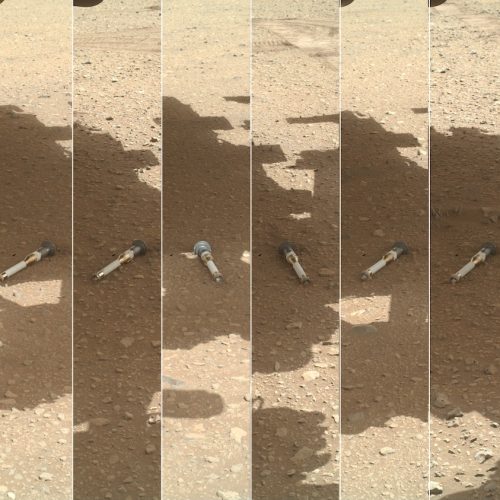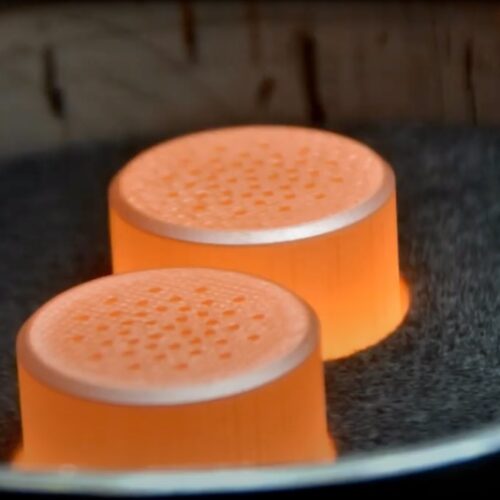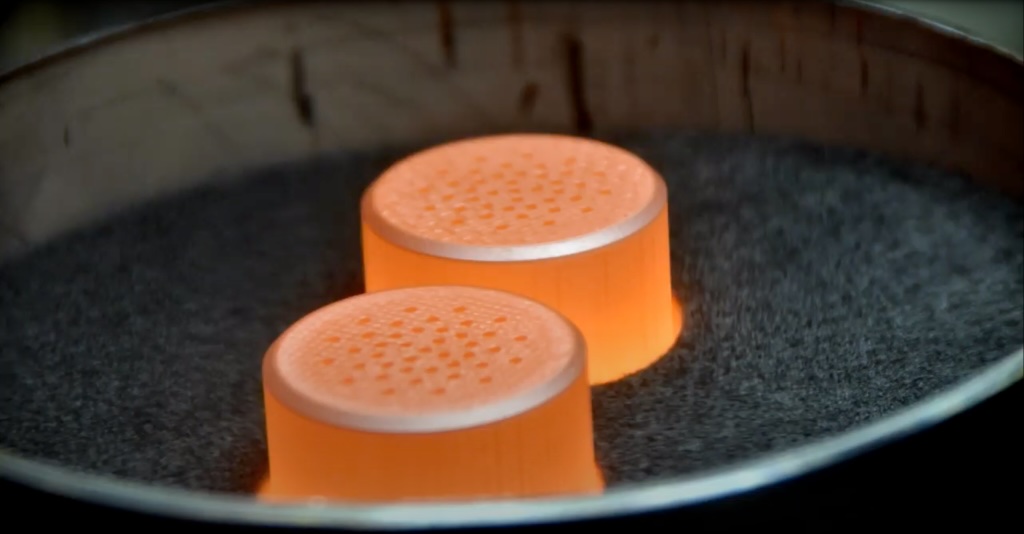Chunks of Alpha Centauri—Our Closest Stellar Neighbor—Might Have Already Reached Us

A new study examines how much material from the closest star system to Earth will end up in orbit around the Sun, and how much could already be here.

Something in the sky captured the attention of astronomers in the final days of 2024. A telescope in Chile scanning the night sky detected a faint point of light, and it didn't correspond to any of the thousands of known stars, comets, and asteroids in astronomers' all-sky catalog.
The detection on December 27 came from one of a network of telescopes managed by the Asteroid Terrestrial-impact Last Alert System (ATLAS), a NASA-funded project to provide warning of asteroids on a collision course with Earth.
Within a few days, scientists gathered enough information on the asteroid—officially designated 2024 YR4—to determine that its orbit will bring it quite close to Earth in 2028, and then again in 2032. Astronomers ruled out any chance of an impact with Earth in 2028, but there's a small chance the asteroid might hit our planet on December 22, 2032.


© ATLAS
For nearly four years, NASA's Perseverance rover has journeyed across an unexplored patch of land on Mars—once home to an ancient river delta—and collected a slew of rock samples sealed inside cigar-sized titanium tubes.
These tubes might contain tantalizing clues about past life on Mars, but NASA's ever-changing plans to bring them back to Earth are still unclear.
On Tuesday, NASA officials presented two options for retrieving and returning the samples gathered by the Perseverance rover. One alternative involves a conventional architecture reminiscent of past NASA Mars missions, relying on the "sky crane" landing system demonstrated on the agency's two most recent Mars rovers. The other option would be to outsource the lander to the space industry.


© NASA/JPL-Caltech/MSSS





When you compare SpaceX to the world's other space enterprises, it's probably easier to list the things SpaceX hasn't done instead of reciting all of the company's achievements.
One of these is the launch of nuclear materials. SpaceX has launched a handful of planetary science missions for NASA, but these spacecraft have all used solar arrays to generate electricity. In this century, NASA's probes relying on nuclear power have all flown on rockets built by United Launch Alliance (ULA), a 50-50 joint venture between Boeing and Lockheed Martin.
This is about to change with a $256.6 million contract NASA awarded to SpaceX on Monday. The contract covers launch services and related costs for SpaceX to launch Dragonfly, a rotorcraft designed to explore the alien environment of Saturn's largest moon, Titan.


© NASA